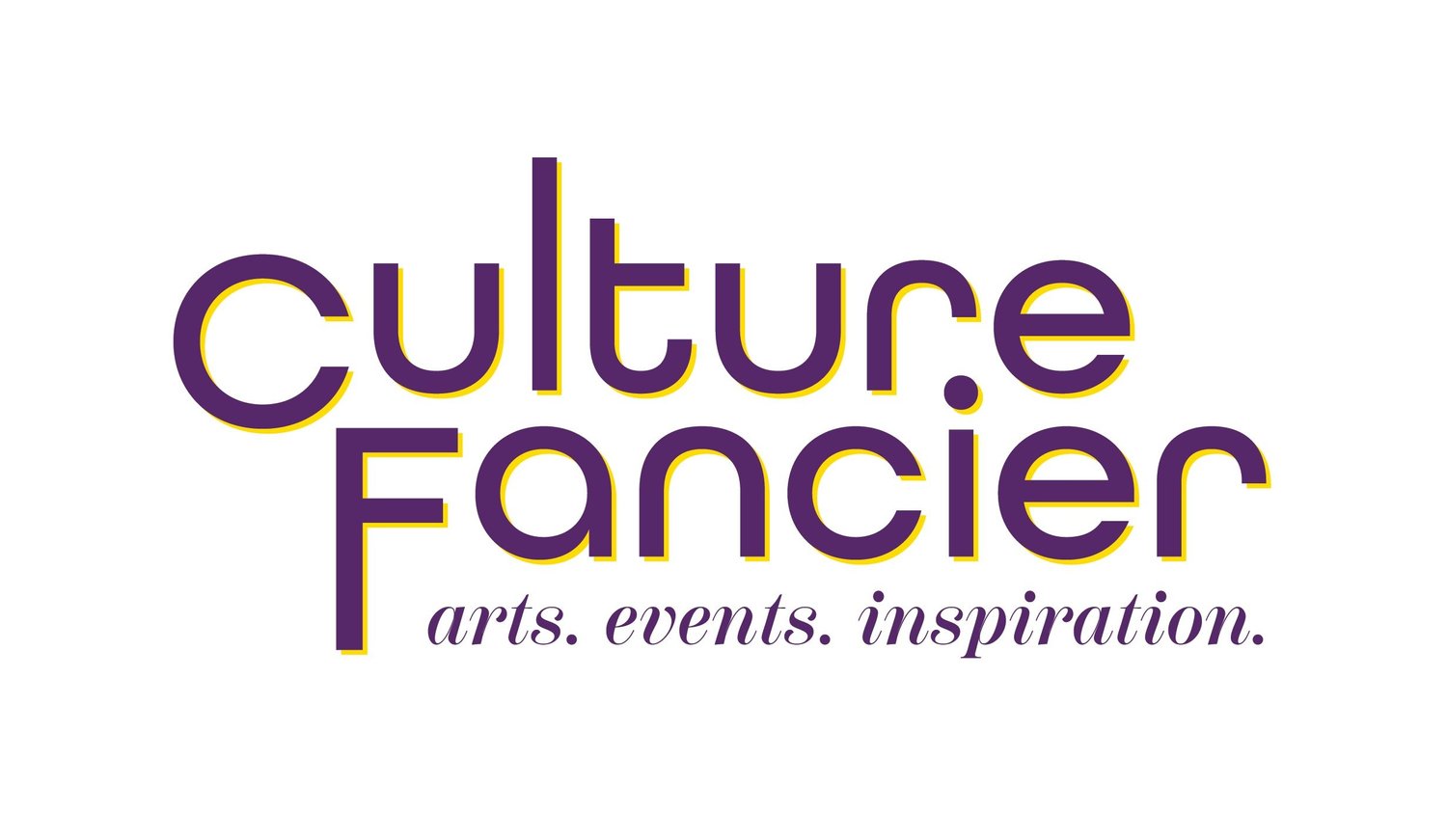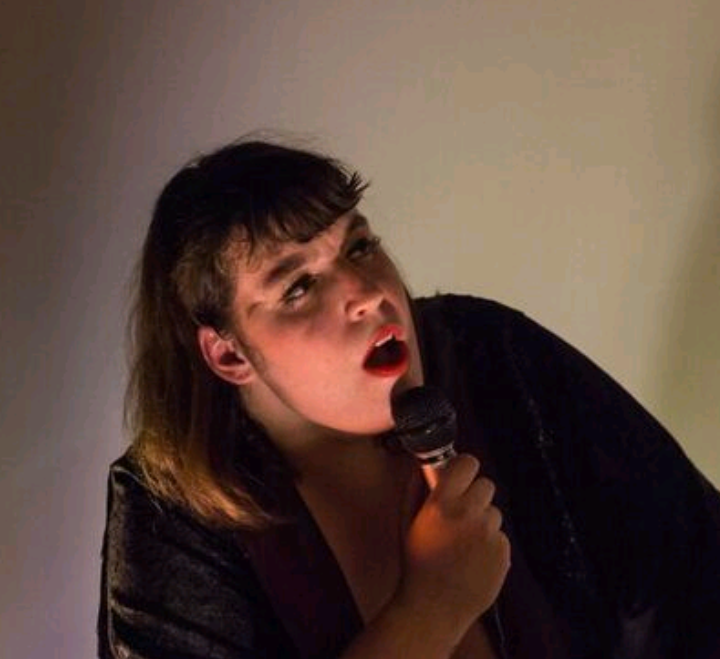Interview by Tess Martens
I sat down to have a Skype conversation with a friend and artist, Ashley Culver. We met when I lived in Toronto and I had the opportunity to show a painting and ceramics at her apartment gallery called Sea Foam. Culver will be showing and giving a talk at Open Sesame in Kitchener on June 1st. I caught up with her to discuss her past and current projects, her experience at a Banff residency and to talk more about her gallery Sea Foam.
T: I am hoping to talk more about your experience in Banff, your gallery at your apartment, Sea Foam, and your work. Let’s start with your work. You use a lot of organic matter, for instance; orange peels, broccoli and crock pots with your orange peels. Where does this inspiration come from?
A: It is rooted in the everyday and domestic space. Drawing from the familiar. I am attracted to those materials; the textures of the materials. The texture of the orange peel is especially pleasing to me.
T: Are oranges your favourite fruit?
A: (laughs) You would think so. No. I don’t think so. But I have been dwelling on them for a while.
T: I see your work is very delicate. Can you talk more about that?
A: What is perceived as delicate is coming from my approach to materials. How I handle the objects with care.
T: There is the piece where you have almost like mylar with organic matter in it.
A: Yes, Untitled (glass cube) in the window. Almost translucent, semi-translucent paper. Small fragments of red onion peels are sealed between the paper and attached to the window. They almost act as a microscope or a stained glass window; it is backlit by sunlight and there is an impulse to look closely at the trace objects. That actually leads to the work I did in Banff.
T: Can you talk a little about the work you made in Banff?
A: I made a set of books while at the Banff Centre. I worked with the same paper as with Untitled (glass cube) and expanded my use of peels to include various different onions, shallots and garlic - all within the Allium family. It works with the translucency again because you can slightly see through the layers of pages. The book structure pairs with the subject and material of Allium vegetables: the layers of an onion are reflected in the pages of a book.
Above:
Untitled (glass cube), red onion skin, paper, tape, installation view 12” x 14” each, 2015
Untitled (glass cube), red onion skin, paper, tape, detail, 2015
T: What do you like about a book as an object?
A: I like that a book is its own world. Books are able to travel and be handled. That is the main reason I started to make books with the Allium peels. Viewers have an impulse to touch the work. Not surprising because I have that desire as well. Books are meant to be held. We have an understanding of how to interact with books.
one in search of one, peels, paper and thread, 12” x 12”, Variable Edition of 4 artist book, 2017
T: This makes me think of pressing flowers in books and biology with the microscope. Are you influenced by these?
A: I like both of those references. Connections between the use and handling of Allium vegetable peels and pressed flowers, a Victorian and Edwardian female practice, are present along with the microscope. The work makes connections between the botanical and the beautiful. The peels are very similar to pressed flowers; yet, they are a collection of often overlooked scraps.
T: Are there any other works that you would like to talk in more detail?
A: When you contacted me we talked about the show at Open Sesame. It is all work with orange peels including bronze casts. We can talk about those.
T: What made you want to bronze cast them?
A: The impulse to want to hold an object. The process I used was an organic burnout bronze cast. I don’t know how familiar you are. For me, I am learning. You’re making a mold around the object. It is an encasing of the object, tombing of the object. As the bronze is poured it burns the organic material within the mold. So it is taking the place of the object.
Untitled (shelf), dried navel orange peels, bronze, clear and white gesso, 12' x 8" x 2" wooden shelf with various size objects, 2015
T: Can you talk more about your vase piece?
A: I have recently installed a third iteration for the Anda Residency I did in Forest Hill, Ontario. The work is called -ness. It is composed of two materials: glassware and water. The two materials interact with the surroundings and are embedded in the space so it shifts with each installation and lighting throughout the day. I liked thinking about moving from onion or orange peels to an object that almost a peel. The glassware is a shell.
-ness (II), glassware and water, 20’ x 10” x 12”, 2018
T: Let’s talk about your gallery, Sea Foam.
A: I began Sea Foam in the Winter of 2015 from the desire to negotiate my relation to art and encourage a closeness. A closeness between multiple players. Between myself and peers or myself as well as others and art. Closeness is prompted. I set out to bring a seriousness to the project but know that I don’t want to be an artist run centre and commercial gallery -who are both clearly doing something different. Sea Foam is simply offering another alternative. I do not schedule shows very far advance. For the most part, I am approaching artists who are friends, or friends of friends, or who I have heard of around the city. This way of working is very casual and personal.
T: For the opening… do you call it an opening?
A: No. I think a lot of people use the term opening; I approach it as hosting dinner party though. There are a few very clear intentional differences. This dinner party is contrary to an opening; openings are public events, and often crowded with people coming and going as they stop by; whereas, the dinner party is an intimate private gathering that guests typically stay for the length of the meal.
So there are three ways people engage: as a guest to the dinner party; by appointment - this is an open invite to contact me via email and arrange a visit. It’s lovely. People come over for tea or stop by for a quick visit - Third as a resident living in the apartment. I realize that it is a privilege and layer of the project only my roommate and I experience. Living with artwork is such a intimate way of knowing it. Often I only realize how much I have warmed up to the work once it’s uninstalled. And there is a phantom limb experience.
T: What are you looking forward to most with Open Sesame?
A: I am looking forward most to browsing the bookshop of Open Sesame. They have such a good selection.
T: Are you talking with Sarah [Kernohan]?
A: I am talking to Lauren Weinberg, Open Sesame’s founder and Sarah Kernohan, Curator. It has been wonderful working with them.
T: Thanks so much!
See Ashley's show Open wide to pronounce its name as well as to ingest it at Open Sesame in Kitchener from May 11 - June 20, 2018. The reception and artist talk is Fruday, June 1 at 7 pm.
If you liked this post, please like, comment, and share.
About Tess
You can spot Tess Martens performing with all her heart during karaoke night because she has to compensate for her singing voice or cracking jokes at a music open mic night. She is a performance artist and painter that exploits her vulnerabilities and humour. When she is not doing art, she is working with seniors. She recently received her Masters of Fine Art at the University of Waterloo. She now resides in Waterloo, Ontario. Follow Tess on Instagram.







